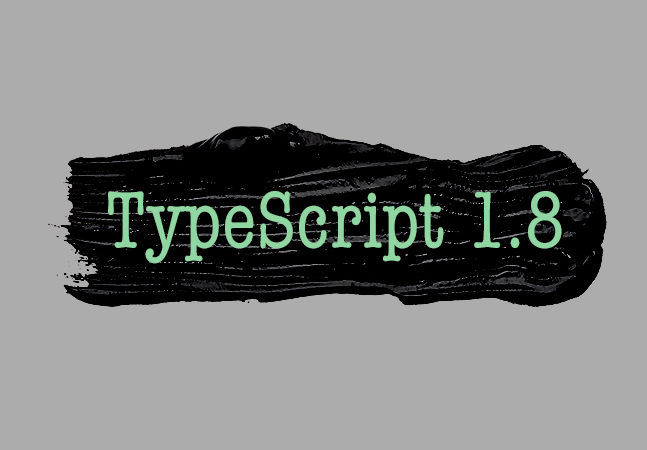
Peter shows how to browse a set of objects in an IndexedDB ObjectStore and, along the way, finishes up his TypeScript/IndexedDB utilities for storing and retrieving large amounts of data on the client.

TypeScript might change the way you design an application that uses IndexedDB.

IndexedDB allows you to store data on the client to let the user work offline and to reduce demands on the server. Here's enough code to both get you started and to show you the difference between doing it in JavaScript and doing it in TypeScript.

If you've used attributes in your C# or Visual Basic programs, then decorators in TypeScript are going to look very familiar to you. They're still in development, but here's a look both at how to use them and how to write them.

JSX+React provides a flexible way for you to structure your client-side code to two things you want: dynamically transform your page in response to your user's input, and to integrate with ASP.NET MVC action methods.

Creating a form with TypeScript, React and JSX lets you generate the HTML for your form dynamically, at runtime, and on the user's computer. Here's how to integrate a data- driven form into ASP.NET MVC.

When working with TypeScript it's not unusual to need a class that matches an already existing server-side class written in C#. Here's one way to get from C# to TypeScript by doing what you normally do.

The JSX tool lets you describe your page as a set of custom elements that you define in TypeScript classes. Those elements then add to the page whatever text or code makes sense to you.

There are lots of enhancements waiting for you in TypeScript 1.8, including features that make it easier to move your project to TypeScript, that protect you from errors and that give you even better control over data types.

When classes are more structure than you need, tuples let you specify simple type-safe aggregates of other data types. They'll also let you create a dictionary collection…but it won't be type-safe.

TypeScript doesn't have the rich set of native collection classes that you're used to in the .NET Framework -- instead, it has just arrays and tuples. Fortunately, you can do quite a lot with them.

Generic classes and functions are one way to create flexible, reusable classes and functions. But before you start creating your own generic functions, you should be clear on when they’re your best choice.

TypeScript has some "interesting" limitations when it comes to overloading functions. But it also offers you some options when you need more flexibility in declaring functions, including both optional parameters and infinite parameter lists.

The TypeScript datatyping support not only applies to simple variables, it also supports you when doing clever things with functions. Specifically, TypeScript ensures you create reliable code when implementing callback functions.

Functions in TypeScript aren't handled the way you'd expect, based on any other language (including JavaScript). Fortunately, because of the way TypeScript handles functions, you're protected from a common JavaScript error (in addition to getting better IntelliSense support and compile-time checking, of course).